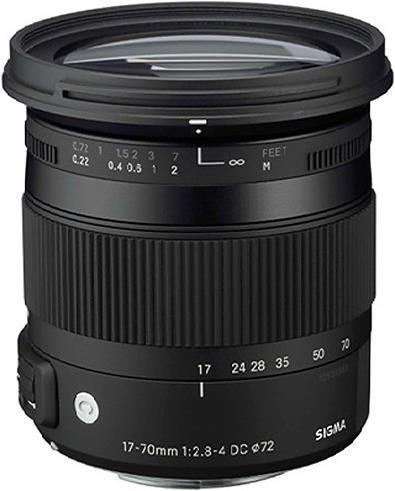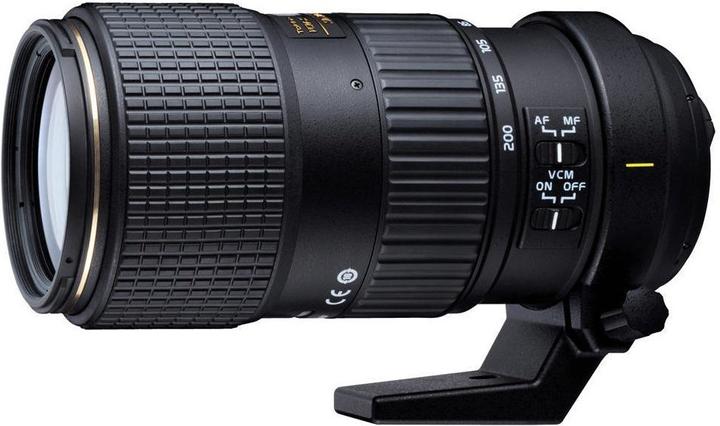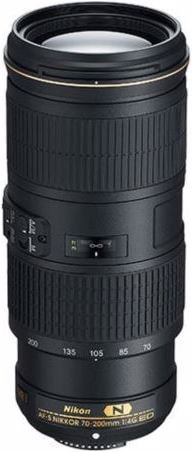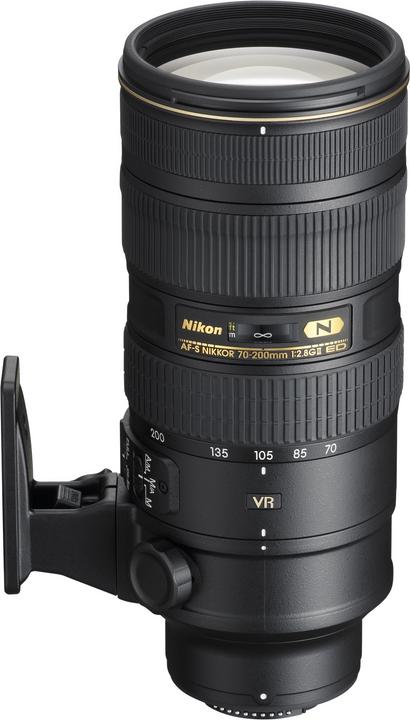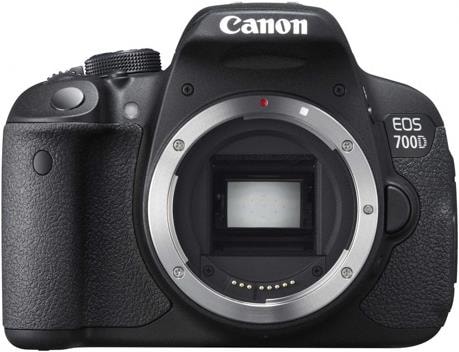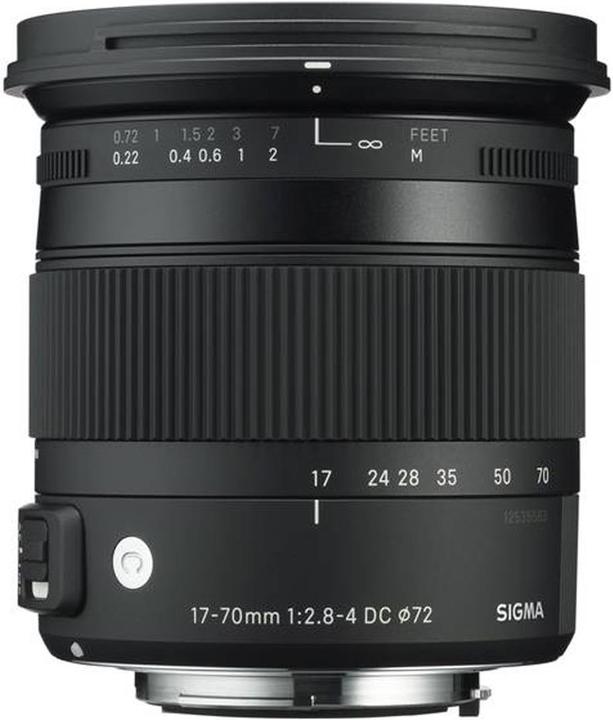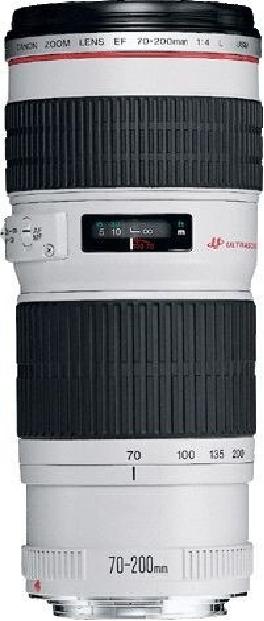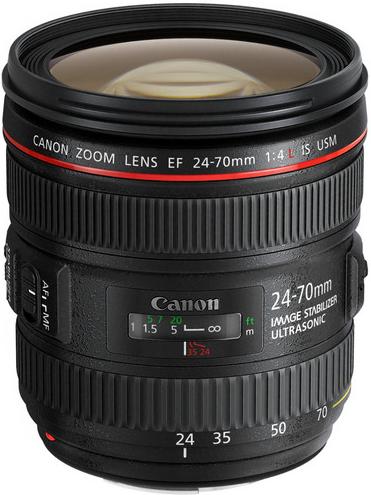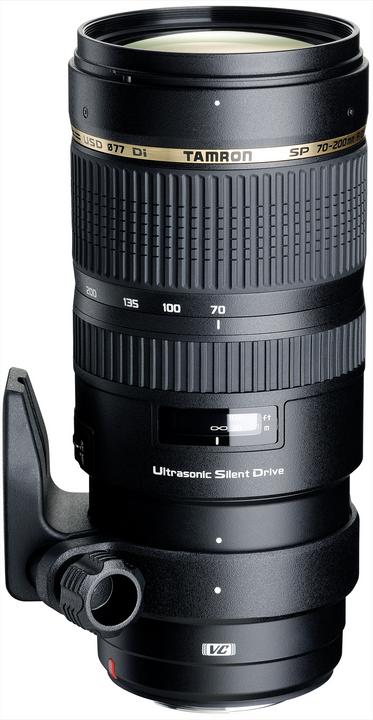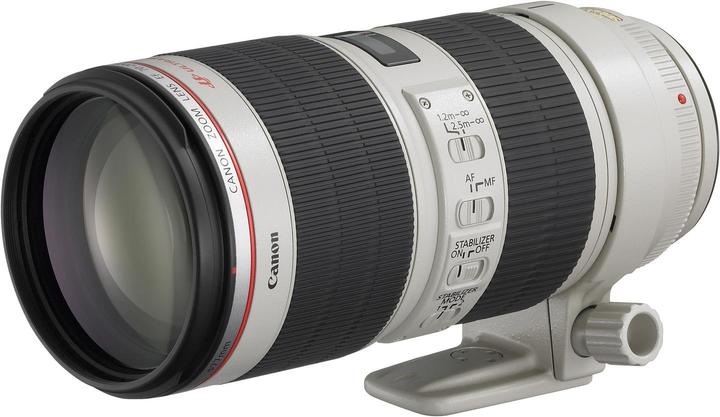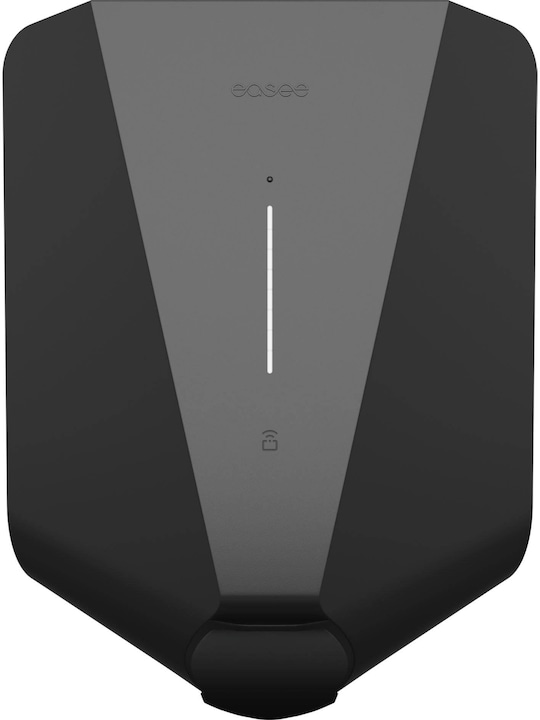
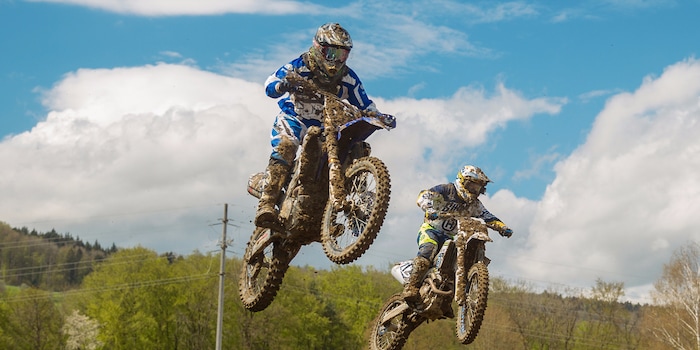
7 tips for sports photographers in the making
Many parents and amateur photographers will know this problem: You’re taking pictures of your kids or friends at a sports event and later on, when you look at the pictures on your computer, you realise almost all of them are blurred or in bad quality. This will never happen to you again if you keep these seven tips in mind.
1. Know your sport
2. Kneel down
Most professional sports photographers kneel down to take pictures. If you try taking pictures of the same game standing up and kneeling down, you’ll see that the ones you took kneeling down are twice as interesting as the others. Try observing photographers at the sideline next time you’re at a game.
3. Winner / loser
Often, you’ll only get to see pictures of the winning side or a cheering athlete in magazines, newspapers and other media. Scott Kelby, a famous US sports photographer, has some good advice: Take pictures of the losing side, too. Not to humiliate them, but because they show a lot of emotions, sometimes even more than the winning side.
Hardly anything needs more time than adjusting your camera settings if you don’t know where to find the function or button you need. Therefore…
4. Settings
5. Autofocus
You can trust the automatic setting here, as autofocus usually does a good job. It’s worth noting though that not all lenses have the same speed; autofocus depends on the camera, the lens and the aperture: The more light-intense your optics are (for example f/2.8), the more autofocus can see and the faster it will focus.
6. Practice makes perfect
Don’t give up if it doesn’t all work perfectly from the start. Stay at it and practice. If you don’t like a picture, analyse it and think about what exactly it is that you don’t like. This will help you know what to look out for and improve in your next attempt. You’ll become a better sports photographer with every shot and the quality of your pictures will improve.
7. Protecting your equipment
If you have any good tips and tricks yourself, let me know any time. I – all other readers – are always happy to learn about others’ opinions.
For all Nikon and Canon fans, I’ve added my recommendations in three price ranges below. All that’s left for you to do know is get out here and start taking pictures. And don’t forget to kneel down when you’re taking action shots!
Nikon equipment
The least expensive price class
The middle price class
The «I don’t care about money» price class
Canon equipment
The least expensive price class
The middle price class
The «I don’t care about money» price class
This might also interest you (in German):
From the latest iPhone to the return of 80s fashion. The editorial team will help you make sense of it all.
Show all


